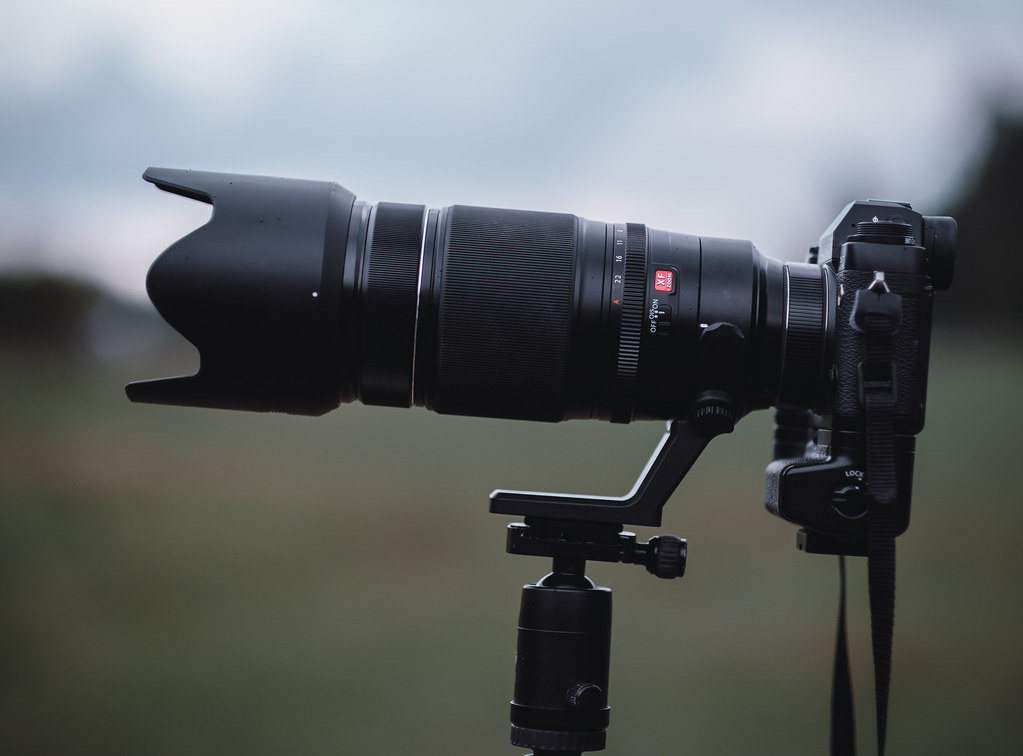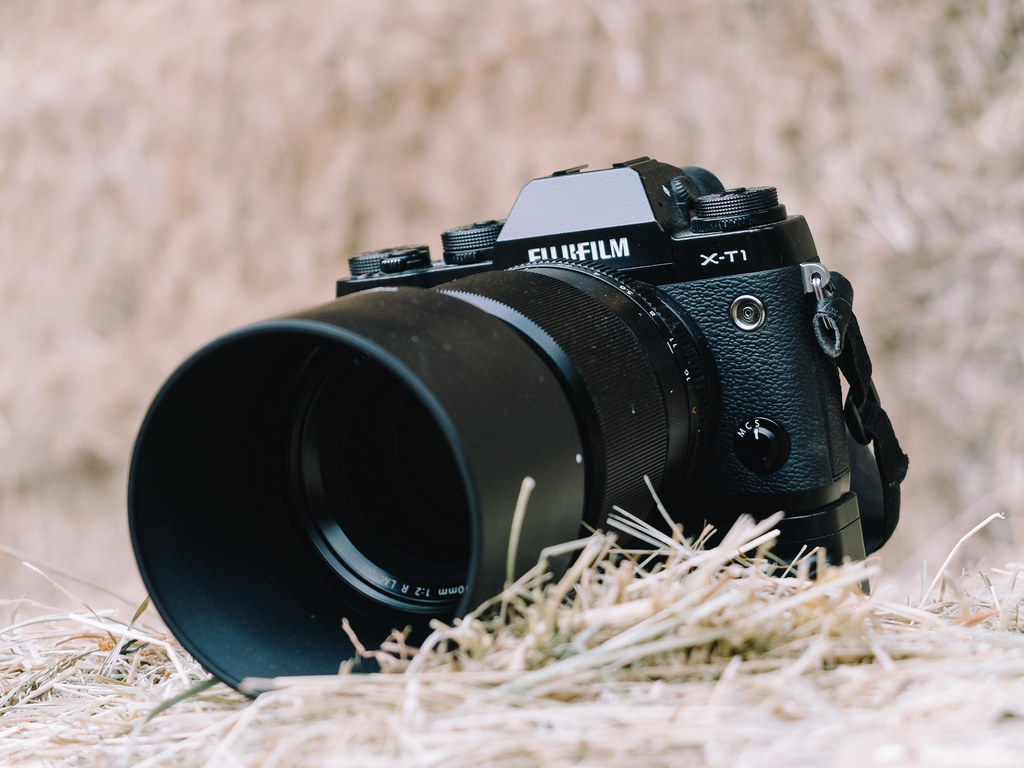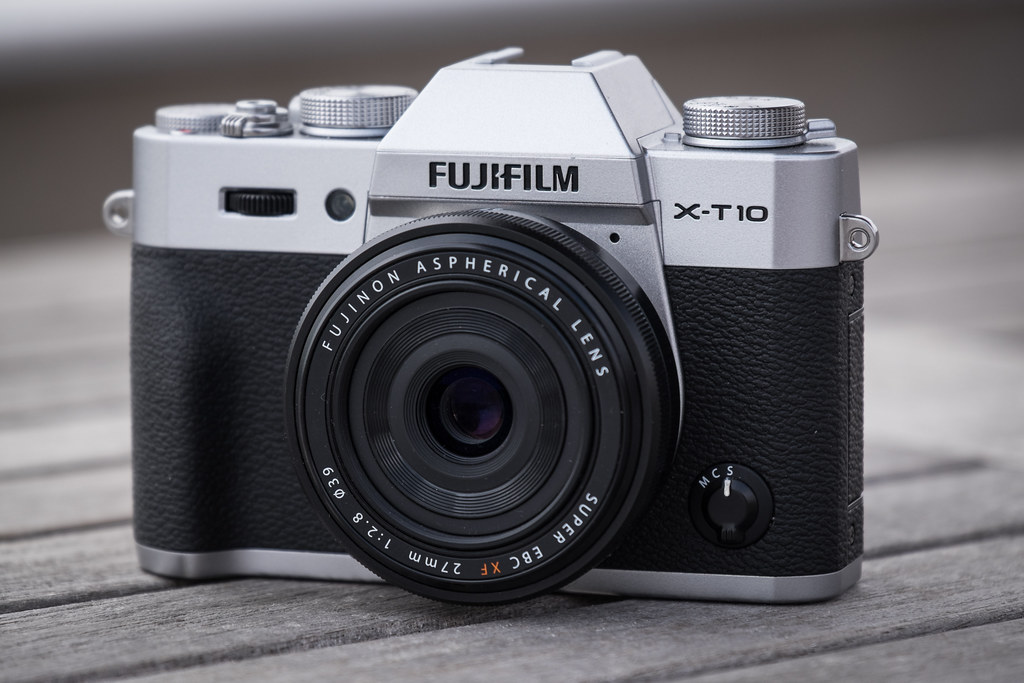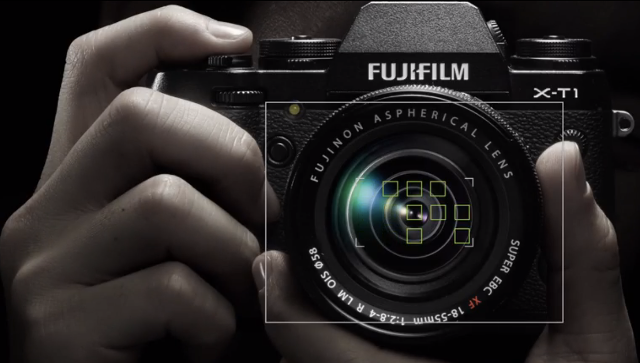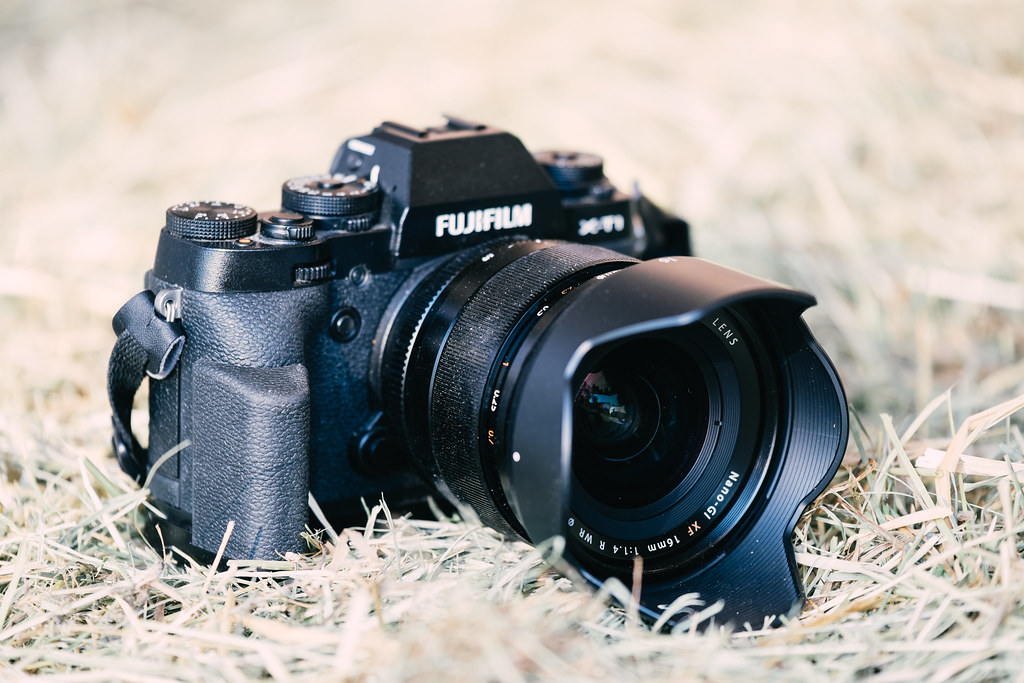First Look: Fujifilm XF1.4x TC WR Teleconverter Lens
_ _ _
First Look: Fujifilm XF1.4x TC WR Teleconverter Lens
Talk to Rico (open forum for questions & feedback)
Rico’s Books at Rocky Nook – Fuji X Secrets Workshops – Rico’s Flickr Sets
Rico’s XF1.4x TC WR Full-Size Sample Images
—
X-T1 with XF50-140mmF2.8 R LM OIS WR + XF1.4x TC WR
(shot with X-T1, XF56mmF1.2 R APD)
By attaching Fuji’s new 1.4x teleconverter between the XF50-140mmF2.8 R LM OIS WR zoom lens and any Fuji X-mount camera, you can expand its focal reach to 70-196mm. In “full-frame” terms, this equals a maximum focal length of almost 300mm.
X-T1, XF50-140mmF2.8 R LM OIS WR + XF1.4x TC WR, 196mm, f/4, Lightroom
By expanding the original focal length by a factor of 1.4, we are basically cropping the image that’s captured by the host lens, so only 50% of the light that’s entering the lens is actually transmitted to the sensor. This means that the speed of our lens+teleconverter combo is going down one stop: our fast XF50-140mmF2.8 lens turns into a slower XF70-196mmF4 zoom lens.
X-T1, XF50-140mmF2.8 R LM OIS WR + XF1.4x TC WR, 196mm, f/4, Lightroom
In order to communicate correctly when a teleconverter is attached, the lens and the camera both require firmware updates to transmit the correct EXIF data and to make sure that the electronic distance and DOF scale remains accurate. The new firmware files are supposed to be available on October 29. Fuji says that for things to work correctly, we have to first update the camera body and then the lens.

